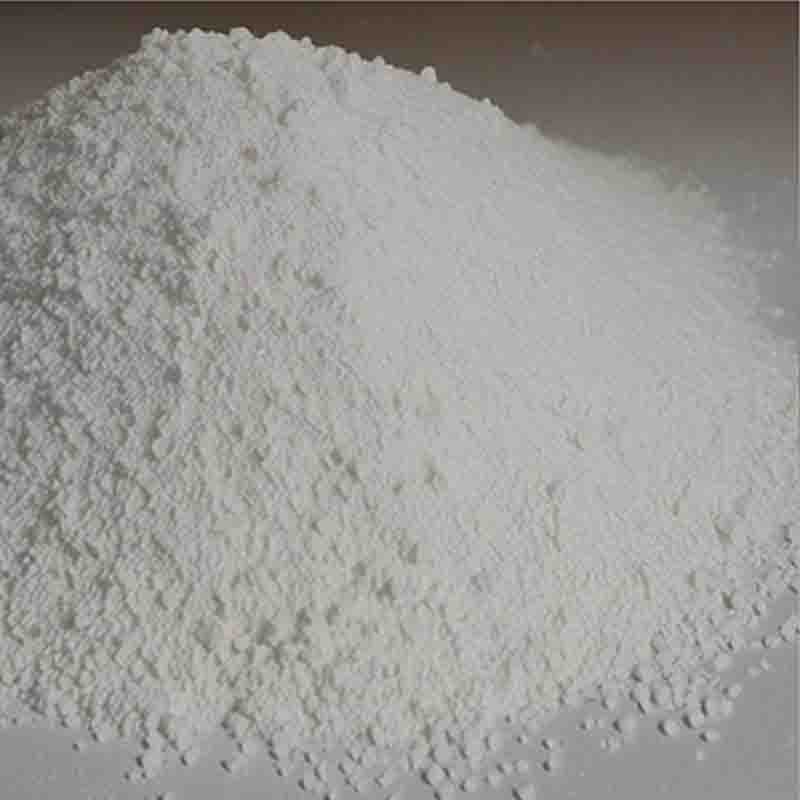2,3-dibromo-thiophene CAS:3140-93-0
| Catalog Number | XD95017 |
| Product Name | 2,3-dibromo-thiophene |
| CAS | 3140-93-0 |
| Molecular Formula | C4H2Br2S |
| Molecular Weight | 241.93 |
| Storage Details | Ambient |
Product Specification
| Appearance | White powder |
| Assay | 99% min |
2,3-Dibromo-thiophene is another member of the thiophene family, and its effects and applications are influenced by the presence of bromine atoms in the 2 and 3 positions. Let's explore the various aspects of 2,3-dibromo-thiophene's effects.Like other brominated thiophenes, 2,3-dibromo-thiophene is extensively used as a building block in organic synthesis. It serves as a precursor for the synthesis of a wide range of functionalized thiophene-based compounds. These compounds find applications in areas such as pharmaceuticals, agrochemicals, materials science, and organic electronics.The presence of bromine atoms in 2,3-dibromo-thiophene has a significant impact on its reactivity. Bromine is an electron-withdrawing group, which means it can modify the electronic properties of the compound. In particular, 2,3-dibromo-thiophene exhibits increased electron-withdrawing ability compared to its non-brominated counterpart. This property is crucial in the conjugation of thiophene-containing compounds, allowing for the preparation of materials with specific electronic properties.2,3-Dibromo-thiophene derivatives also find applications in the synthesis of block copolymers. These copolymers consist of alternating sequences of two or more different types of monomers. The bromine atoms in 2,3-dibromo-thiophene enable selective functionalization of the polymer chain, allowing for the formation of block copolymers with tailored properties. These materials have applications in fields such as drug delivery, coatings, and nanotechnology.Furthermore, the bromine atoms in 2,3-dibromo-thiophene contribute to its chemical stability. The presence of bromine substitutions at the 2 and 3 positions makes the molecule less susceptible to oxidation and other chemical transformations. This increased stability allows for the preparation of more robust materials that can withstand harsher reaction conditions.In the field of supramolecular chemistry, 2,3-dibromo-thiophene derivatives have been investigated for their ability to form self-assembled monolayers (SAMs) on metal surfaces. SAMs are molecular layers that spontaneously organize themselves on a surface, leading to controlled film formation. The bromine atoms in 2,3-dibromo-thiophene enable the formation of stable SAMs, which find applications in surface modification, molecular electronics, and sensors.In conclusion, 2,3-dibromo-thiophene exhibits various effects and applications in organic synthesis, materials science, and supramolecular chemistry. The presence of bromine atoms contributes to its reactivity, stability, and self-assembling properties, making it a versatile building block for the preparation of functional materials in several disciplines. Continued research on the properties and applications of 2,3-dibromo-thiophene and its derivatives will further expand its potential in various fields.


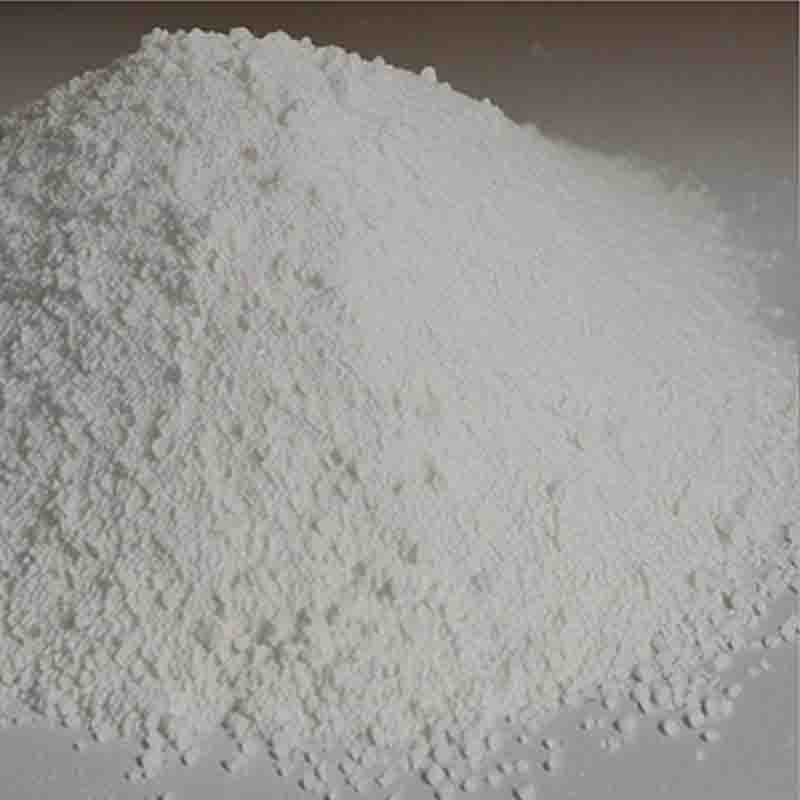

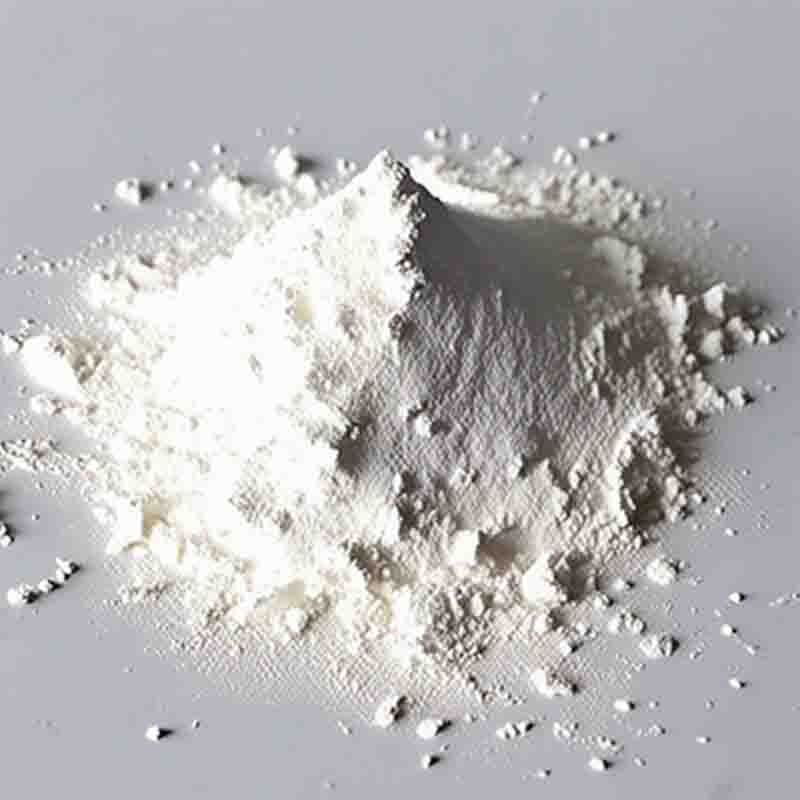
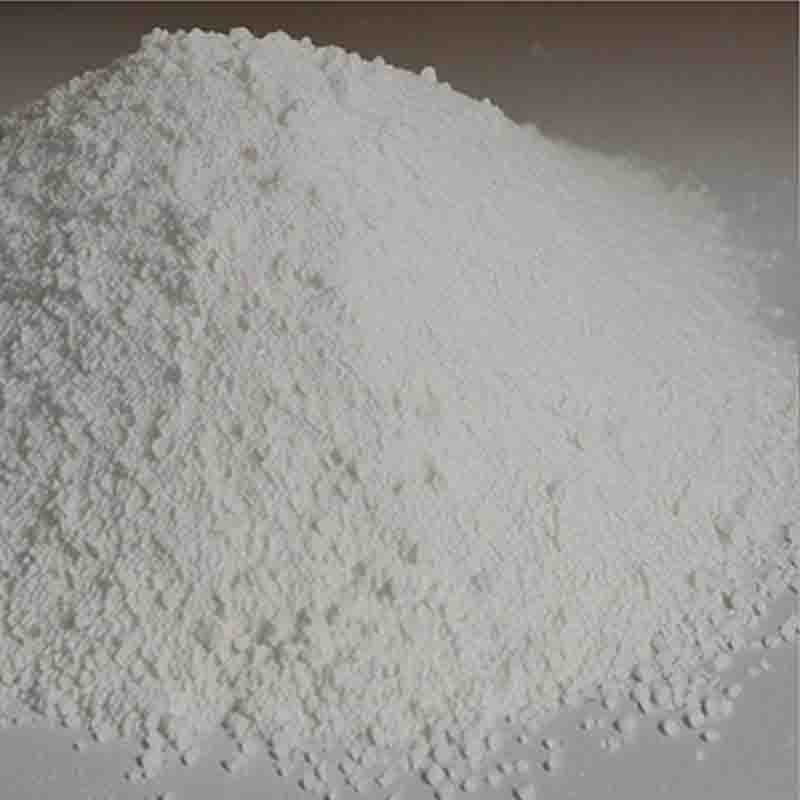
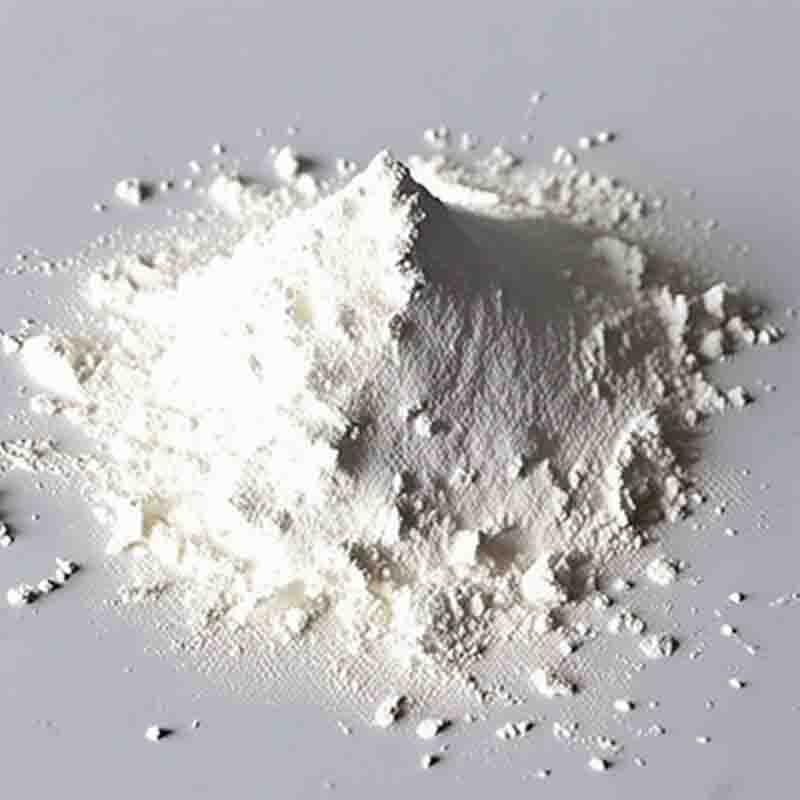

![4-[4-[(5S)-5-(Aminomethyl)-2-oxo-1,3-oxazolidin-3-yl]phenyl]morpholin-3-one hydrochloride CAS: 898543-06-1](https://cdn.globalso.com/xdbiochems/白色粉末1319.jpg)
